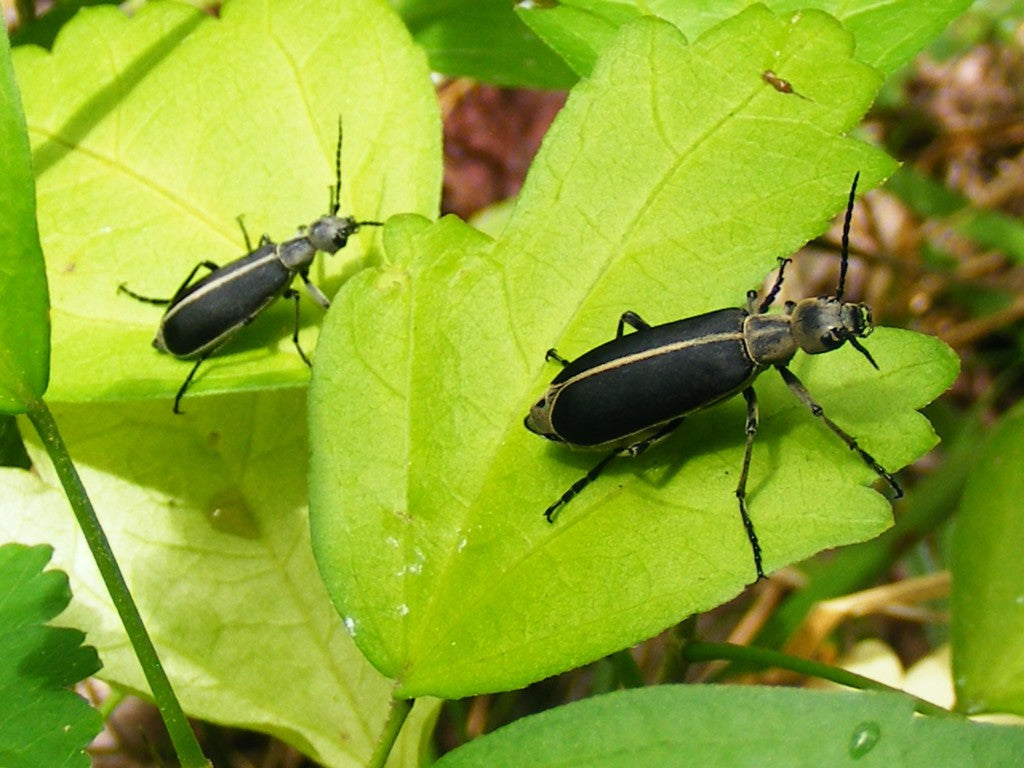A lot of the info from this post we found here.
Attracting Pollinators
Ever been to a garden center and thought, “what should I get?” Wandering up and down the isles to see what looks healthy and what’s the most eye catching? Or maybe just searching through pictures in seed catalogs? It turns out that pollinators “shop” for plants too.
The character traits and qualities of certain flowers that make them more desirable to a particular pollinator is referred to as “Pollinator Syndromes”. Characteristics like, color, size, shape, amount of nectar, type of pollen, odor, and location all determine which pollinators are likely to pollinate that flower.
Pollinators are attracted to different plants because all pollinators are different. Their physical differences and needs make them choose which flowers to pollinate. Like a matching game. Whose tongue fits in which flower? Which flower is blooming while the pollinator is awake? Which smell does a pollinator prefer?
Planting preferred types of flowers is a way to target and attract more of a particular pollinator. Think of the list below of pollinators matched with their preferences as a shopping guide.


Color: white, yellow, blue or uv
Nectar Guide: present
Odor: fresh, mild, pleasant
Nectar: usually present
Pollen: limited; often sticky and scented
Flower Shape: shallow; with landing platform; tubular
For more info. on which plants each solitary bee likes check out these posts: mason bees, garden bee, texana bee, californica bee, sunflower bee.

Color: white, green or purple
Nectar Guide: none
Odor: strong and musty; emitted at night
Nectar: abundant; some what hidden
Pollen: ample
Flower Shape: bowl shaped; closed during the day

color: white or green
Nectar Guides: none
Odor: none to strongly fruity or foul
Pollen: ample
Flower shape: Large and bowl- shaped

color: scarlet, orange, red or white
Nectar Guides: none
Odor: none
Nectar: ample; deeply hidden
Pollen: limited
Flower shape: large; funnel-like, strong perch support

color: bright red and purple
Nectar Guides: present
Odor: faint but fresh
Nectar: ample; deeply hidden
Pollen: limited
Flower shape: narrow tube with spur; wide landing pad

color: pale or dark brown, purple
Nectar Guides: none
Odor: putrid
Nectar: usually absent
Pollen: limited
Flower shape: shallow; usually funnel like or complex with trap

color: pale red, purple, pink or white
Nectar Guides: none
Odor: strong sweet, emitted at night
Nectar: ample; deeply hidden
Pollen: limited
Flower shape: regular; tubular without a lip
Contact us
At Mason Bees, we are here to answer any questions you may have. Whether you are interested in any of our products for you own personal garden or for your orchard, we have a solution for you. Feel free to reach us directly and we will respond as soon as possible.
Phone number: 8016489035
Email: masonbeesforsale@gmail.com
Address: Mason Bees LLC,
10090 N HIGHWAY 38, DEWEYVILLE UT 84309, United States
Get Mason Bees
Boost your garden's productivity by providing a Mason Bee House for peaceful, non-stinging bees. As bee populations struggle, home gardeners can play an important role in attracting bees and other pollinators
News & Updates
Sign up to get the latest on sales, new releases and more …
© 2025 masonbeesforsale.com. Designed by Out of the Sandbox. Powered by Shopify

